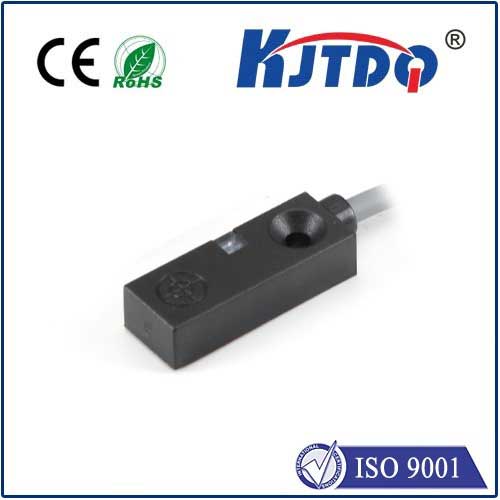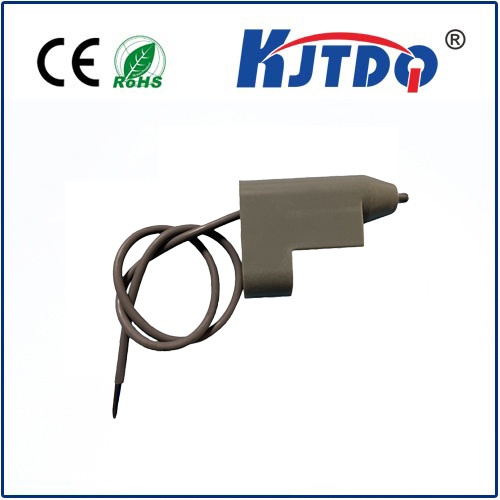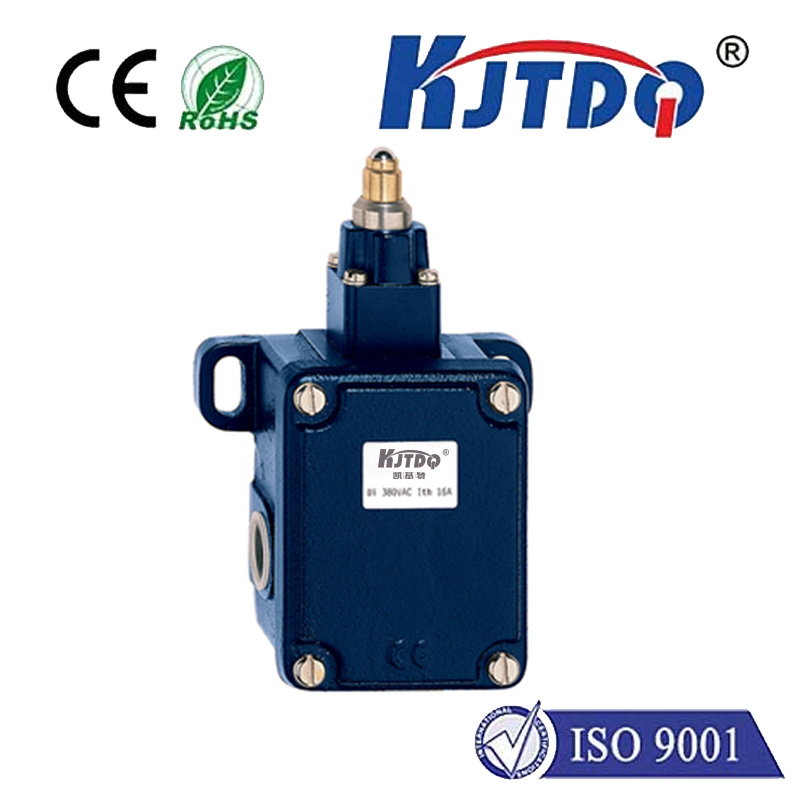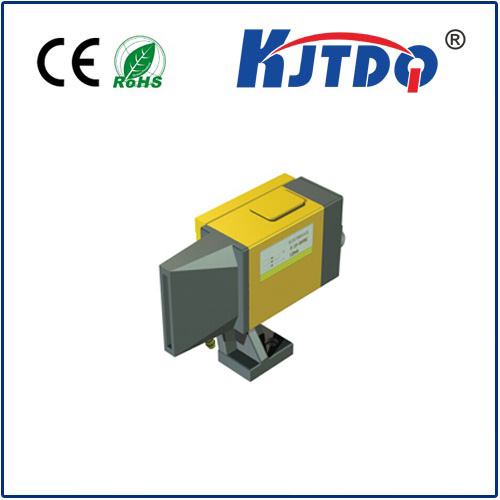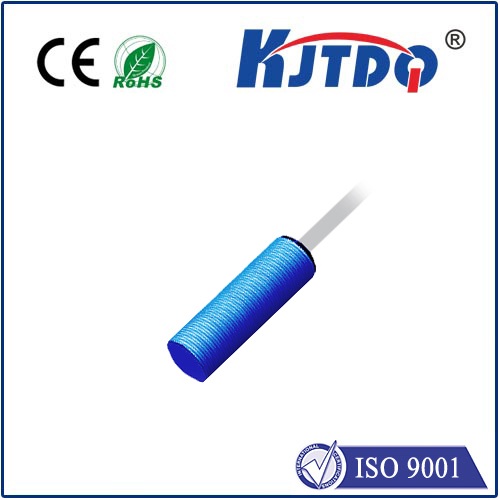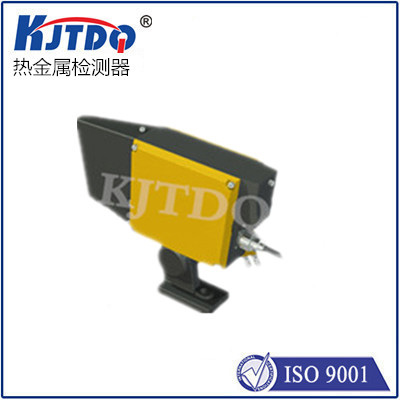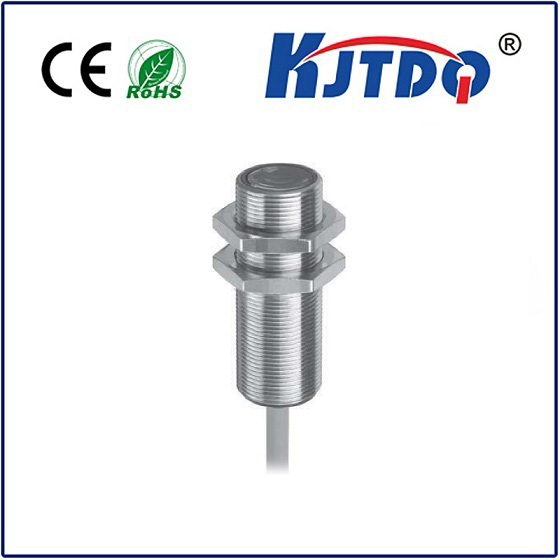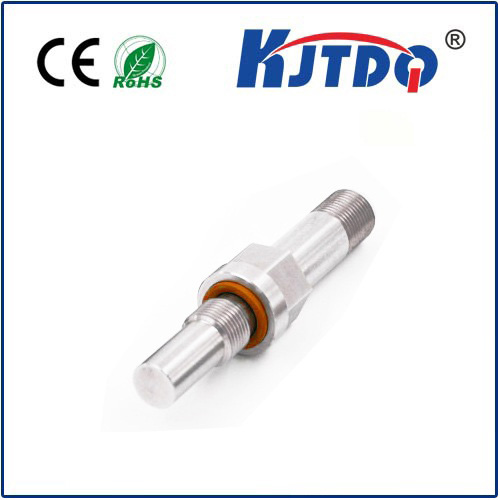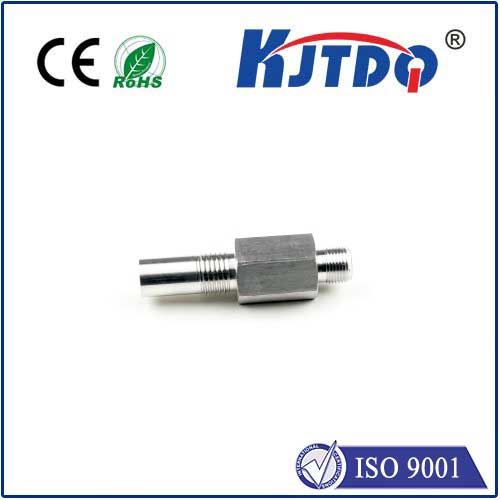
check

check

check

check
Understanding Linear Limit Switches: An Essential Tool for Machinery and Equipment
In the world of machinery and equipment, ensuring the safety and efficiency of operations is critical. One component that plays a crucial role in achieving this goal is the linear limit switch. This article aims to provide a clear understanding of what linear limit switches are, their functions, and why they are essential for various applications.
A linear limit switch is a type of sensor that detects the presence or absence of an object within its sensing range. It operates on the principle of magnetic induction, where a magnet is used to activate a reed switch inside the sensor. When the magnet comes into close proximity with the switch, it triggers an electrical signal that can be used to control the movement of machinery or equipment.

Linear limit switches are commonly used in industrial automation systems, robotics, and material handling equipment. They are designed to monitor the position of moving components and prevent them from exceeding their intended range of motion. By doing so, they help to avoid potential collisions, damage to equipment, and injuries to personnel.
One of the main advantages of using linear limit switches is their accuracy and reliability. Unlike other types of sensors that may require frequent calibration or adjustments, linear limit switches provide consistent and repeatable results over time. This makes them ideal for applications where precise positioning is critical, such as in CNC machining centers or assembly lines.
Another benefit of linear limit switches is their simplicity and ease of installation. They typically consist of a small housing containing the reed switch and magnet, along with wiring connections for power and signal output. This compact design allows for easy integration into existing systems without requiring significant modifications or additional space.
Linear limit switches also offer flexibility in terms of mounting options and configurations. They can be mounted directly onto machinery components or fixed to nearby structures using brackets or clamps. Additionally, they can be customized to meet specific requirements, such as different sensing ranges, actuation forces, and output signals.
In conclusion, linear limit switches are an essential tool for machinery and equipment applications. Their accuracy, reliability, simplicity, and flexibility make them well-suited for use in various industries, including manufacturing, logistics, and transportation. By incorporating linear limit switches into your systems, you can enhance safety, improve efficiency, and reduce downtime associated with equipment failures or accidents.
